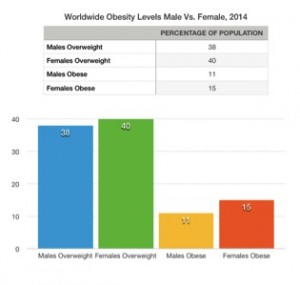This week was my group’s turn to teach. We taught track and field, specifically sprinting. I think our lesson went well, my instant activity was short, fun and engaging. The class enjoyed the warm up as well. We did dynamic stretching to music and it turned into a dance party. I think these ideas really transfer to the classroom as students really enjoy doing things this way. I also felt that my discussion group for the reading summary went really well. We had a great discussion and I almost did not get through everything I needed to for the summary. I felt that the reading was really engaging for us to discuss and we were all in the same mindset for it.
Our planning was difficult. We ended up changing our lesson plan quite significantly as we had planned way to much. However it came together in the end which was great. We ended up changing our track relay the morning of. We realized that the track was bigger then we were thinking in our heads and needed to modify the game so there was not as much running involved. We wanted to make the game enjoyable for people who are not runners and we felt this modification was important for that.
I felt the group was really engaged and I was not expecting this! I felt people were not excited when they heard what we were doing but the attitude really changed as we got into the activities. I think we managed to make running fun!





